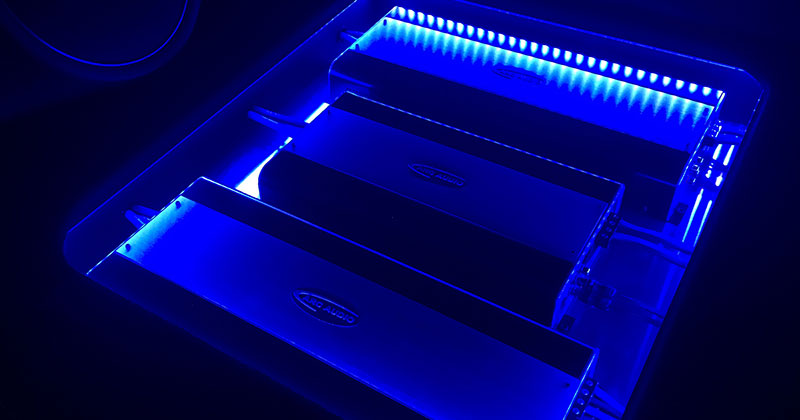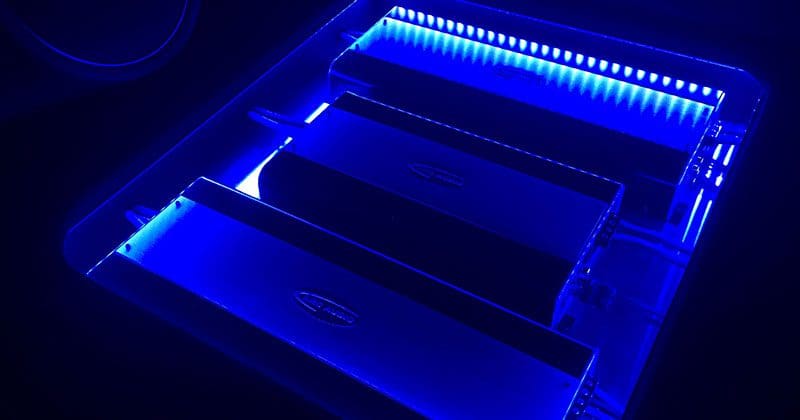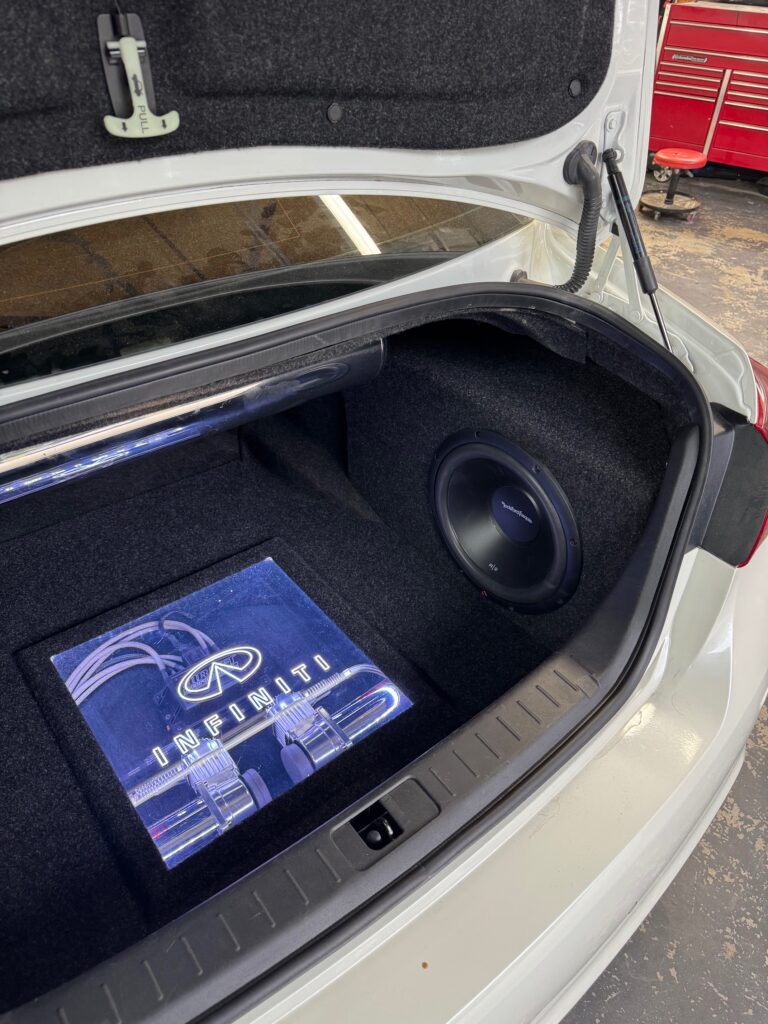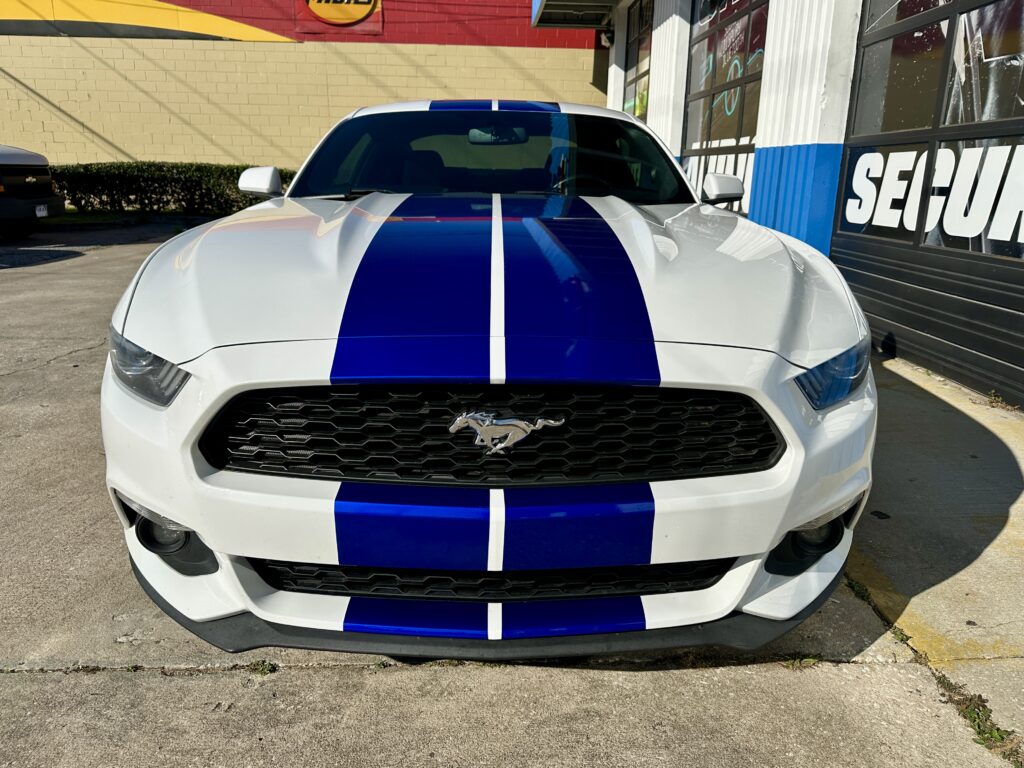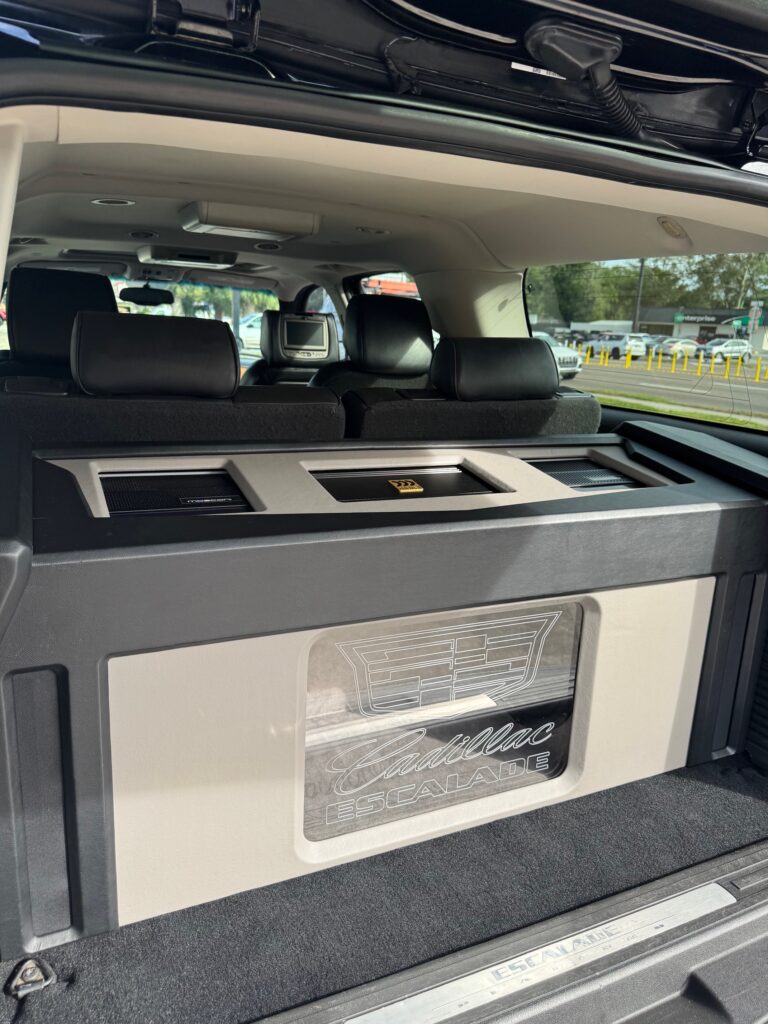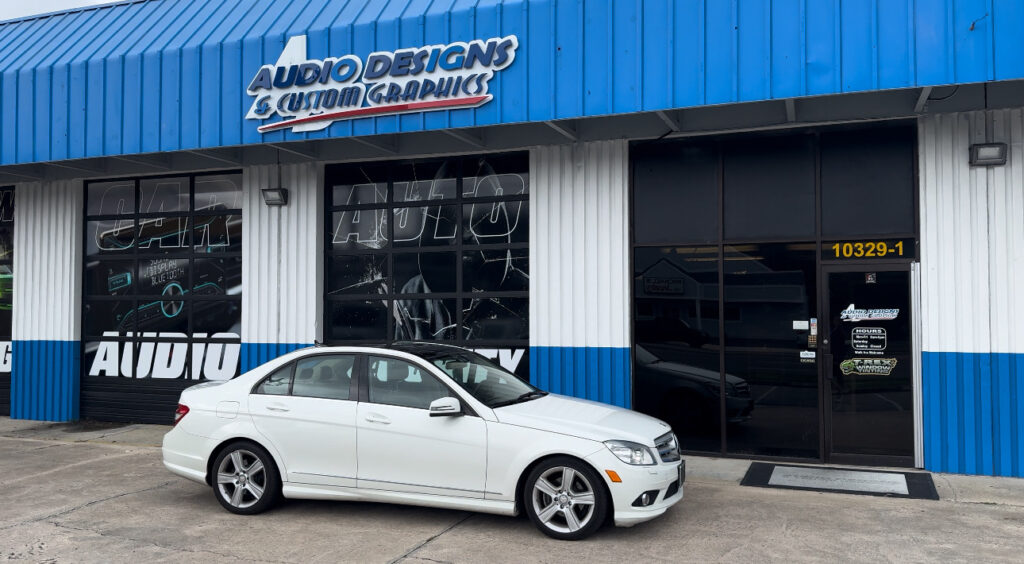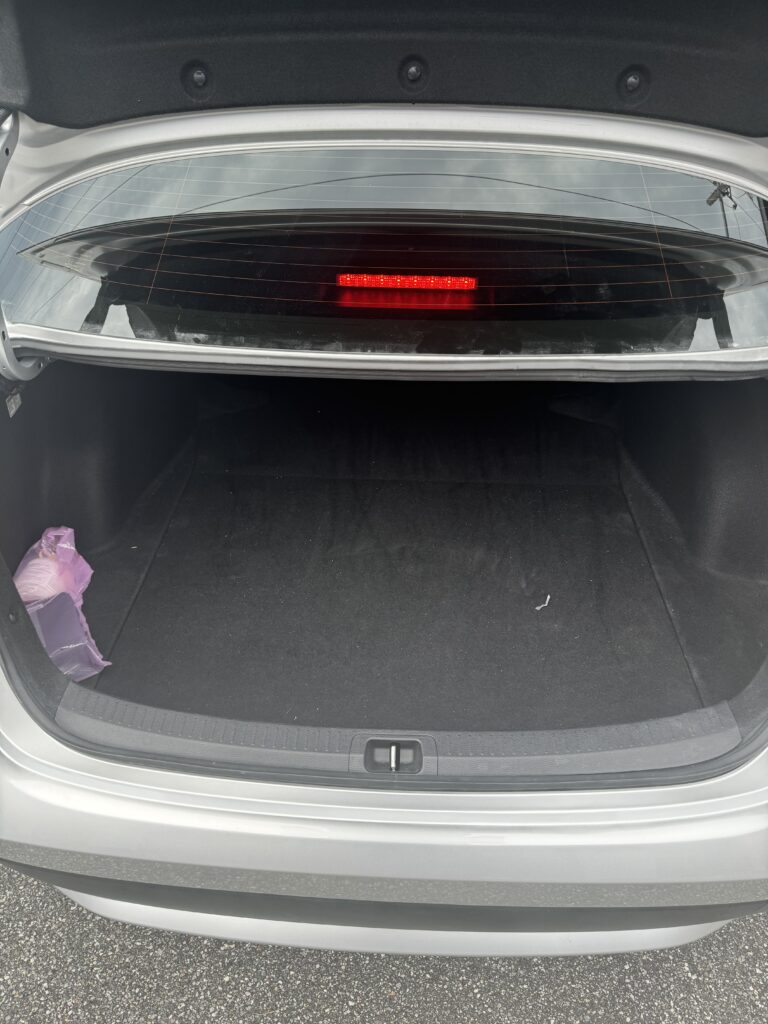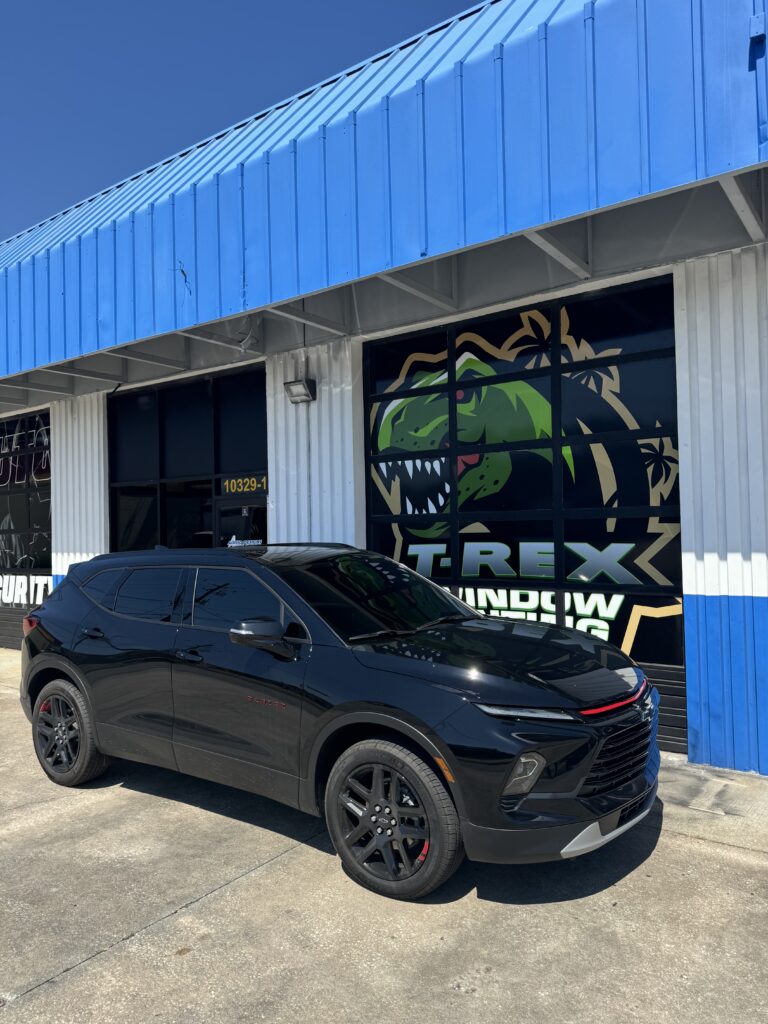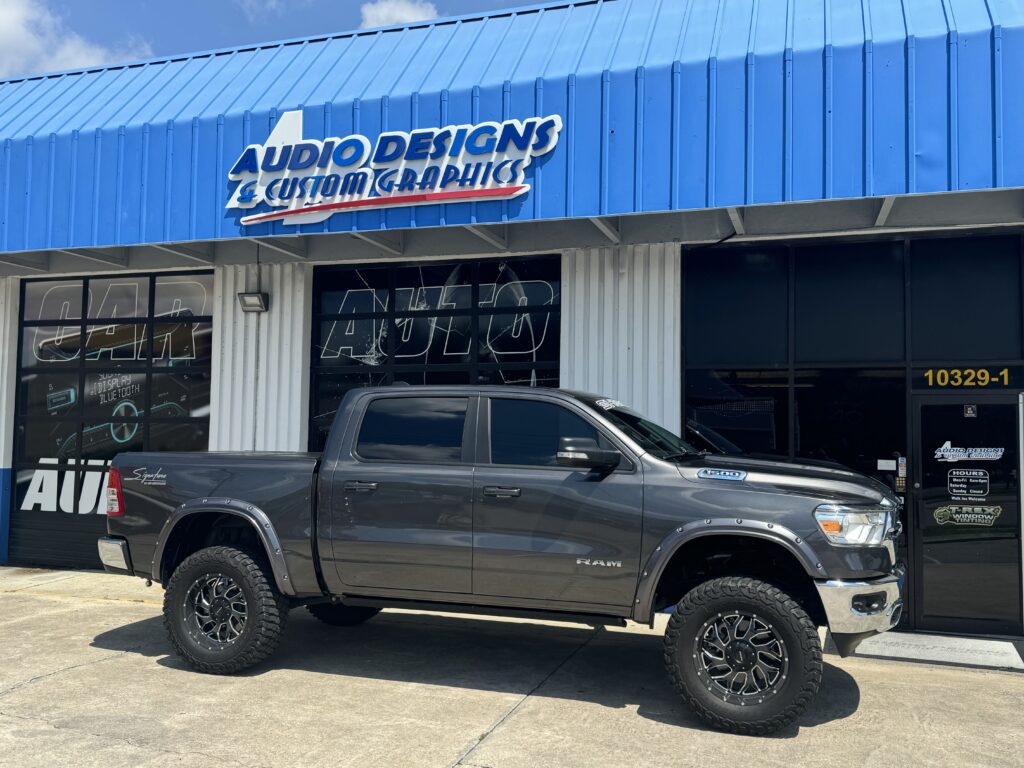One of the biggest upgrades you can make to a basic car audio system is to add a high-power amplifier. The most significant benefit of adding an amplifier is the ability for you to play your music at higher levels without running into distortion. Choosing the right amp for your car or truck is a tricky feat. There are thousands of amplifiers on the market, each with its own benefits and drawbacks. Let’s look at a few things to consider when shopping for a car audio amp.
How Many Amplifier Channels Do I Need?
The first consideration in buying a car audio amplifier is the number of channels you’ll need. Amplifiers come in everything from one to eight channels. Single-channel amplifiers are typically designed to power a subwoofer, while multichannel amps are great for actively filtered audio systems or upgrading modern premium audio systems. If you have a single set of 6×9 speakers on the rear parcel shelf on your Monte Carlo, then a two-channel amp will be perfect. If you want to deliver more power to the front and rear speakers in your Civic or pickup truck, then you will want to look at a four-channel amp.
You will want to consider future needs for your system when picking an amp. Thirty years ago, most amplifiers were two- or four-channel designs. Many systems used a four-channel amp to power a set of speakers in the front of the vehicle and the rear channels in a bridged configuration to drive a subwoofer.
These days, five- and six-channel amplifiers are quite popular. You can choose a five-channel amp to run the front and rear speakers along with a subwoofer and have complete control over the output of each set. As the popularity of fully active audio systems has increased, many five- and six-channel amps are running a subwoofer, a set of 6.5-inch midrange speakers and a set of tweeters. When configured properly, active audio systems sound amazing.
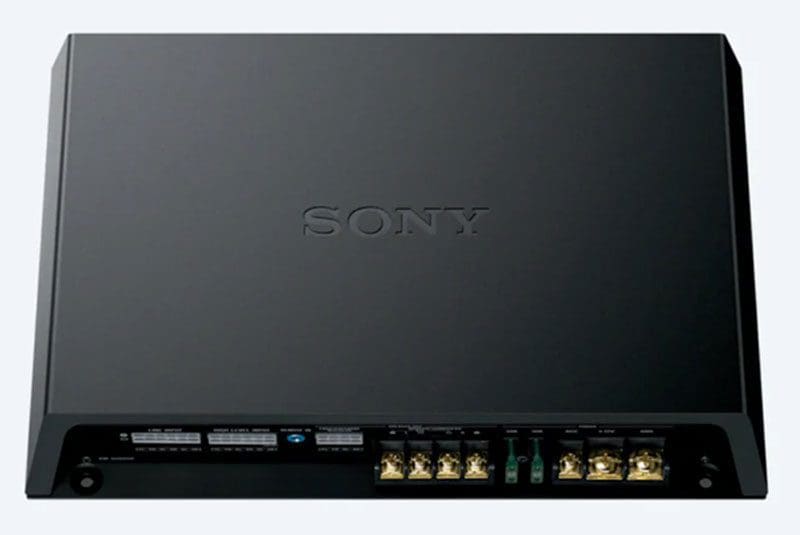
Amplifier Power Considerations
Picking the right amount of power is tricky. You can easily choose an amp that offers more power than you can use, especially for midrange speakers and tweeters. The trick is to choose one that will let you play the system loudly enough to meet your needs without distortion. If you shoot for a multichannel amp rated at 75 to 80 watts per channel, you should have enough for enthusiastic listening levels. If you are determined to keep the volume cranked to 11, then look for an amp in the 125 to 150 watts-per-channel range. You will, of course, need to make sure your speakers can handle that amount of power.
Choosing a subwoofer amp is a bit more complicated. These days, power is relatively inexpensive. A 600-watt subwoofer amplifier is more than enough for all but the most robust of subwoofers and should allow you to enjoy deep bass without running into distortion. If you are a bass-head, then consider something in the 1000- to 1500-watt range and upgrade to a pair of subwoofers to ensure that they can handle the heat created by all that power.
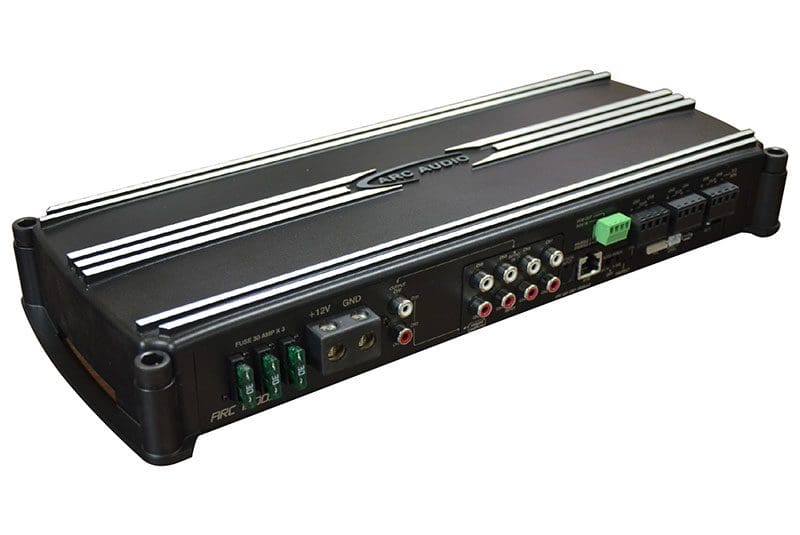
Amplifier Quality Determines Clarity
One thing that seems to get overlooked far too often is the quality of the amplifier people choose for their vehicles. We fully admit that navigating the thousands of options available is a daunting task. Let’s try to provide some insight about what specifications determine quality.
First and foremost, the specified frequency response can provide some insight. If you are looking at an amp rated at 20Hz to 20kHz with no deviation spec, well, that information verges on useless. If the spec includes a -1 dB tolerance, you know the amp should have no problem covering the entire audio spectrum with very little deviation. A tolerance of 0.3 dB is an ever better measurement spec. For something that may be better at reproducing your music, look for an even wider frequency range. A spec of 10 Hz to 50 kHz tells you that the designer has gone out of his or her way to create something special. Most DSP-equipped amplifiers are limited to 22 kHz on the top end.
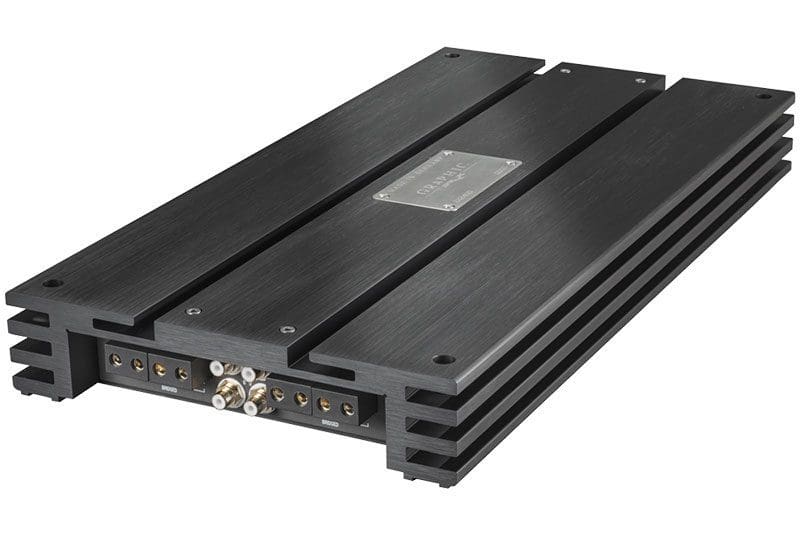
Another telling factor in the quality and clarity of an amplifier is its signal-to-noise ratio specification. This measurement tells us just how much noise is added to the audio signal. Of course, less noise is better. The CTA-2006B standard, if followed (and it should be), specifies that noise measurements are taken at an output level of 1 watt when connected to a 4-ohm load. A mediocre amp will be in the -70 dB or higher range; a good amp would be -70 to -85 dB, and great amp would have a noise floor that is below -85 dB.
If you happen across a specification in the 100+ dB range, those measurements are taken at full power rather than at 1 watt. These numbers are not comparable. Look for the CTA-2006B spec when comparing numbers.
The real tell for the quality of an amplifier is its distortion specification. Sadly, most companies only provide something useless like <1% in association with a power spec. I can assure you that you won’t like the sound of an amp that adds 0.5% distortion to the audio signal. Ideally, amplifier manufacturers should provide a spec at the same 1-watt output level as the S/N ratio measurement. Anyways, what you need to know is that lower distortion is always better. You can most certainly hear the difference between amplifiers rated for 0.1, 0.01 and 0.001%.
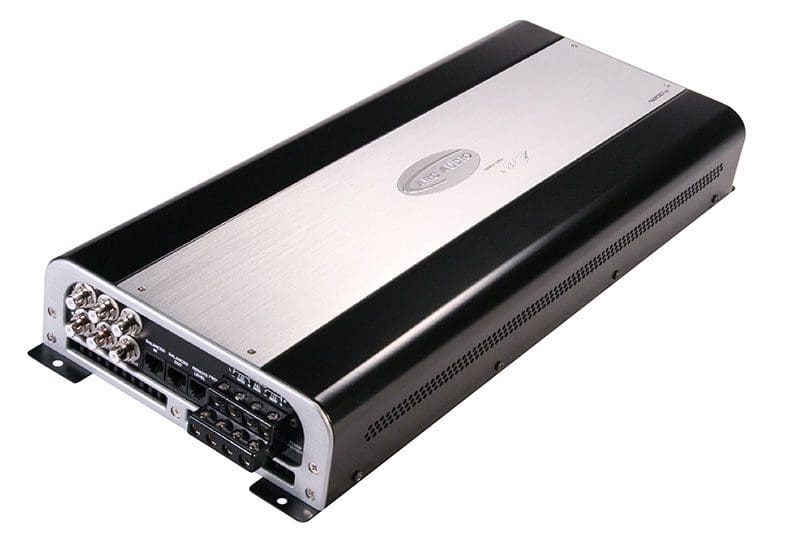
Amplifier Features Add System Flexibility
You are going to want to pick an amplifier with a flexible input voltage range. 0.25 to 4V is good for most applications. Unless you have a digital signal processor, you will want an amp with electronic crossovers built in. It’s crucially important to the longevity and the performance of your speakers to ensure that they aren’t sent too much bass. Likewise, sending midrange information to a woofer sounds pretty bad.
If the amp you need will be used to power a subwoofer, then it should include a remote level control. Being able to fine-tune the sub for different types of music is, quite frankly, a lot of fun! We all know bass doesn’t have to be boring.
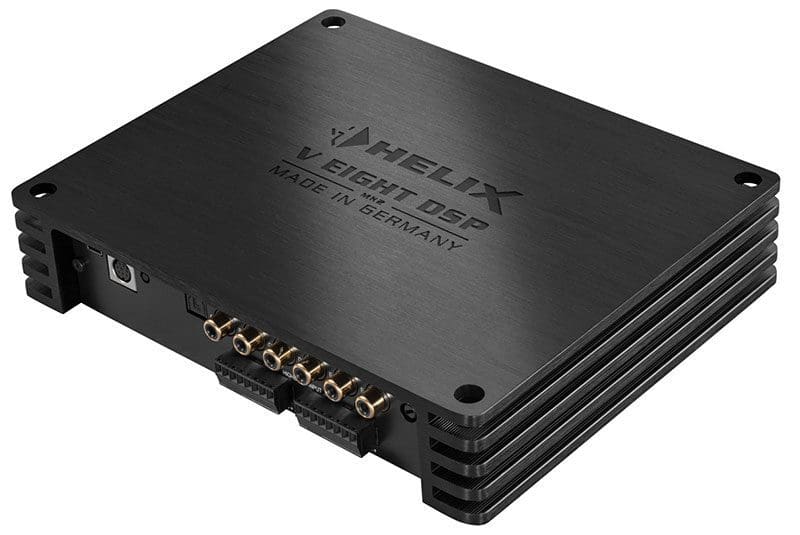
If you want to extract the best possible performance from your mobile sound system, look for an amplifier with an integrated digital signal processor. Providing your installer with the ability to add signal delay, accurate crossovers and equalization to your speakers is the biggest upgrade you can make to a car audio system. The acoustics of a car or truck are quite bad. Taming the peaks and valleys caused by reflections will restore the natural balance of your audio system.
Expert Installation Is Crucial
Once the product specialist at your local mobile enhancement retailer has helped you choose a high-quality amp for your system, you will want to have them install it for you. They have the tools and training to mount the amp securely, run all the power wire and signal cables carefully, and most importantly, configure the system to deliver great output with a minimum amount of background noise. After your new amplifier is installed, you can crank the volume and enjoy your music like you are front-row center at a concert without having to hear the system distort. Isn’t that what enjoying your music is all about?
This article is written and produced by the team at www.BestCarAudio.com. Reproduction or use of any kind is prohibited without the express written permission of 1sixty8 media.

